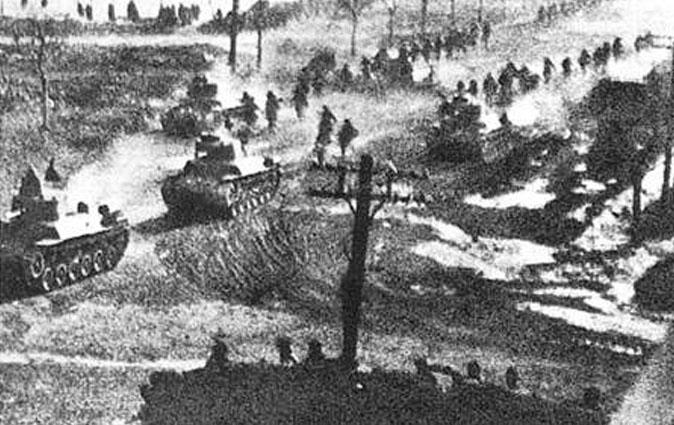The four-year California drought, among other factors, has had a historic, catastrophic impact on forests.
The U.S. Department of Agriculture (USDA) announced on Wednesday, June 22, that it has identified 26 million dead trees in the southern Sierra Nevada region of California since October 2015. Adding this figure to the 40 million dead trees found from 2010 to October 2015 brings the total to at least 66 million.
The deaths have been caused by a combination of severe drought, “a dramatic rise in bark beetle infestation and warmer temperatures,” says the USDA.
The U.S. Forest Service, part of the USDA, used aerial detection surveys across California to find the dead trees between 2010 and late 2015, with three quarters of the trees detected from September 2014 to October 2015 alone.
The additional trees were found in a survey in May, which spanned six southern Sierra countries.
Last fall, California Governor Jerry Brown declared a state of emergency on the issue and formed a Tree Mortality task force to mobilize additional resources to remove dead and dying trees.
The Forest Service also re-prioritized $32 million in California to restore impacted forests along roads, trails, and recreation sites.
One major consequence of the tree die-off phenomenon has been wildfires; fire management consumed 56 percent of the Forest Service’s budget last year.
“With the increasing size and costs of suppressing wildfires due to climate change and other factors, the very efforts that would protect watersheds and restore forests to make them more resilient to fire in the future are being squeezed out of the budget,” says the USDA.
“Tree dies-offs of this magnitude are unprecedented and increase the risk of catastrophic wildfires that puts property and lives at risk,” said Agriculture Secretary Tom Vilsack.
Vilsack notes that also the fire risk is most extreme in California, “forests across the country are at risk of wildfire and urgently need restoration requiring a massive effort to remove this tinder and improve their health.”
Vilsack urges Congress to address how firefighters are payed, reasoning that because wildfire disasters are paid out of the Forest Service’s budget, the agency has limited money to restore forests in high mortality areas.



